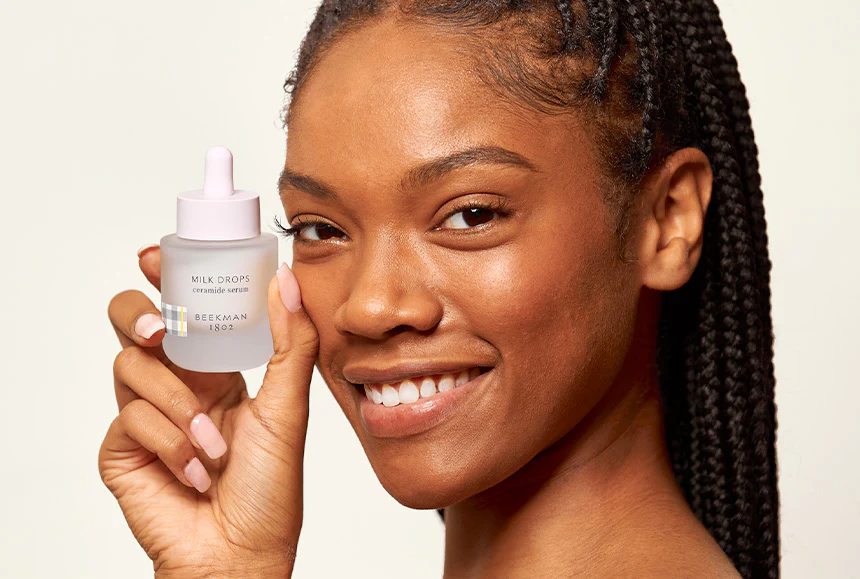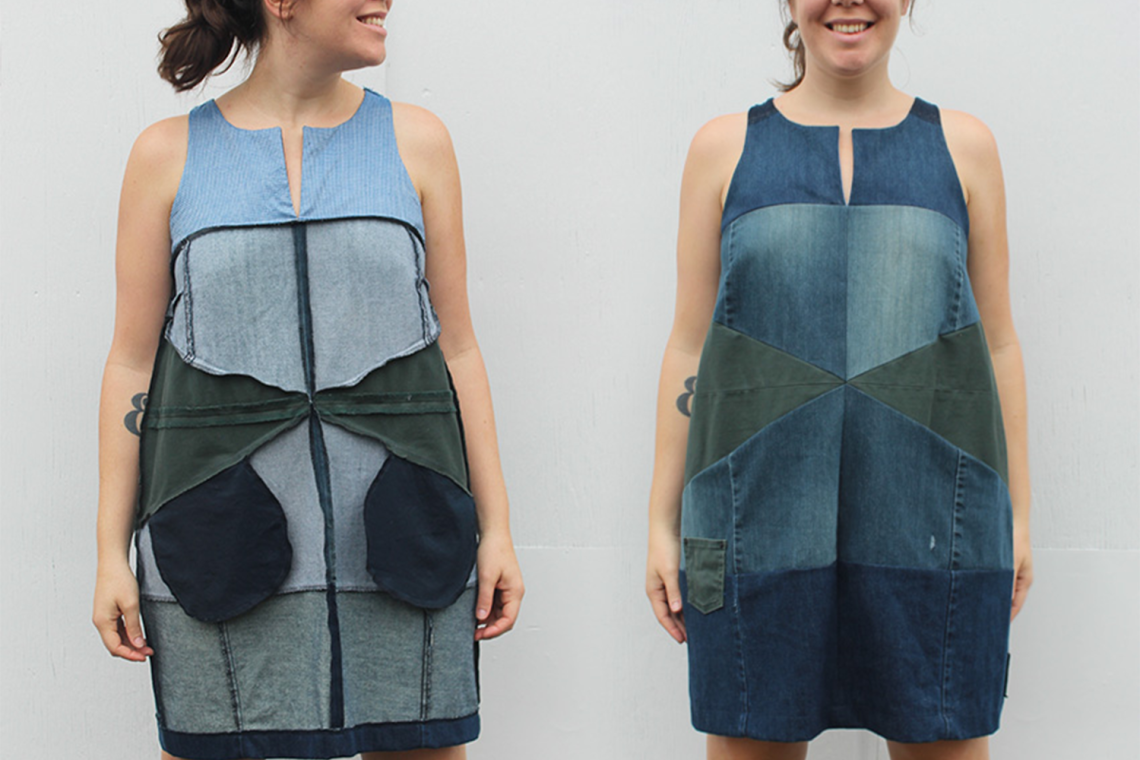Introduction
The fashion industry is undergoing a significant transformation thanks to custom sizing technology. Gone are the days of guessing whether a garment will fit or relying solely on standard size charts. With advancements in 3D scanning, AI measurement tools, and virtual try-ons, clothing brands can now offer personalized fits that enhance comfort, reduce returns, and improve overall customer satisfaction.
Custom sizing technology is not just a convenience; it’s a game-changer for both consumers and retailers. By leveraging data-driven approaches, fashion brands can minimize waste, align with sustainability goals, and provide an inclusive experience for all body types.
How Custom Sizing Technology Works
Custom sizing technology relies on a combination of measurement tools, artificial intelligence, and digital modeling. Here’s a breakdown of the typical process:
- 3D Body Scanning: Customers can use in-store scanners or mobile apps to capture accurate body measurements. This process often takes just a few seconds.
- AI Measurement Analysis: Algorithms interpret the scanned data to suggest precise clothing sizes, or in some cases, generate custom garment patterns tailored to the individual.
- Virtual Try-On: Digital mannequins or augmented reality allow users to see how clothing will fit, reducing uncertainty and enhancing confidence in their purchases.
- Production and Delivery: For fully custom garments, the measurements are sent directly to production, ensuring a personalized fit without relying on generic size categories.
The result is a seamless combination of convenience, precision, and inclusivity, which benefits both consumers and brands.
Benefits of Custom Sizing Technology
1. Improved Fit and Comfort
Ill-fitting clothing is one of the most common reasons for returns in the fashion industry. Custom sizing ensures that garments match the wearer’s exact body measurements, reducing discomfort and increasing satisfaction.
2. Reduced Returns and Waste
By providing accurate sizing, brands can significantly lower return rates. This not only saves costs for retailers but also reduces environmental impact, contributing to sustainable fashion practices.
3. Inclusivity Across Body Types
Traditional sizing often excludes certain body shapes or proportions. Custom sizing technology allows brands to cater to a wide variety of body types, making fashion more inclusive.
4. Enhanced Online Shopping Experience
Online shopping has always been challenging due to uncertainty around fit. Custom sizing technology bridges this gap, allowing consumers to shop with confidence and reduce the likelihood of ordering multiple sizes.
5. Integration with Sustainable Fashion Initiatives
Brands that implement custom sizing technology can produce fewer off-the-rack garments, minimizing fabric waste and overproduction. This aligns with ethical practices and modern sustainability standards, including initiatives in Ethical Influencer Fashion.
Leading Custom Sizing Technologies
| Technology | Description | Key Benefits | Brands Using It |
|---|---|---|---|
| 3D Body Scanning | Captures precise body measurements using in-store scanners or smartphone apps | Accurate fit, quick measurement | MTailor, Size Stream |
| AI Fit Prediction | Uses algorithms and historical purchase data to suggest optimal sizes | Reduces returns, personalized recommendations | ASOS, Stitch Fix |
| Virtual Try-On | Augmented reality or 3D modeling allows customers to visualize fit | Enhances online shopping confidence | Zara, Nike Fit |
| Custom Pattern Generation | Generates individual garment patterns based on body data | Fully personalized garments, reduced waste | Indochino, Anomalie |
Applications of Custom Sizing Technology
1. Luxury and High-Fashion Brands
Luxury brands have embraced custom sizing to deliver personalized service and exclusivity. By using 3D scanning and virtual try-ons, customers can enjoy bespoke experiences that enhance brand loyalty.
2. E-Commerce Platforms
Online retailers integrate AI fit prediction and virtual try-on features to increase conversion rates. Shoppers can confidently purchase clothing without visiting a physical store.
3. Sustainable Fashion
Brands focused on reducing waste leverage custom sizing to produce garments on demand rather than mass-producing standard sizes. This strategy minimizes unsold inventory and supports eco-friendly practices.
4. Inclusive Sizing Solutions
By tailoring clothing for unique body types, custom sizing technology empowers brands to serve an audience often overlooked by traditional sizing systems.
Challenges and Considerations
While custom sizing technology offers numerous benefits, there are a few challenges to consider:
- Cost of Implementation: Setting up 3D scanning systems and AI platforms can be expensive for smaller brands.
- Data Privacy: Collecting and storing body measurements requires strict compliance with privacy regulations.
- Consumer Adoption: Some shoppers may be hesitant to use new technology, particularly mobile or 3D scanning solutions.
Despite these challenges, the long-term benefits in customer satisfaction, reduced returns, and sustainability make custom sizing technology an attractive investment for forward-thinking brands.
Future Trends in Custom Sizing
- Integration with Wearable Tech: Smart clothing and wearable devices could provide real-time body measurements, creating dynamic sizing solutions.
- AI-Enhanced Recommendations: Future AI systems will analyze lifestyle, body shape, and even posture to recommend clothing that fits both style and function.
- Global Standardization: Advancements in sizing technology could eventually create standardized custom sizing metrics that work across all brands and regions.
- Ethical Fashion Alignment: Many ethical and sustainable fashion brands are adopting custom sizing to reduce overproduction, helping consumers make informed, eco-conscious purchases.
Frequently Asked Questions (FAQs)
1. What is custom sizing technology?
Custom sizing technology uses tools like 3D body scanning and AI algorithms to provide precise clothing measurements, creating a better fit for individual customers.
2. Can custom sizing reduce returns?
Yes. By improving accuracy in fit, custom sizing minimizes the likelihood of returns due to incorrect sizes.
3. Are custom sizing solutions expensive for consumers?
Some solutions, like virtual try-ons, are free for consumers. Fully custom garments may cost more due to personalized production.
4. Which brands use custom sizing technology?
Brands such as MTailor, ASOS, Stitch Fix, Indochino, and Zara are among the leaders adopting these technologies.
5. How does custom sizing support sustainable fashion?
By producing garments on demand and minimizing returns, custom sizing reduces waste, energy consumption, and overproduction, aligning with eco-friendly practices and Ethical Influencer Fashion principles.
Conclusion
Custom sizing technology is revolutionizing the fashion industry by offering tailored experiences, reducing waste, and increasing inclusivity. For both online and offline shopping, these advancements eliminate uncertainty around fit, making fashion more accessible, sustainable, and enjoyable.
As brands continue to adopt 3D scanning, AI algorithms, and virtual try-ons, the future of fashion will be defined by personalization, precision, and ethical innovation. Consumers can look forward to clothing that fits their bodies perfectly while supporting sustainable and responsible practices.







